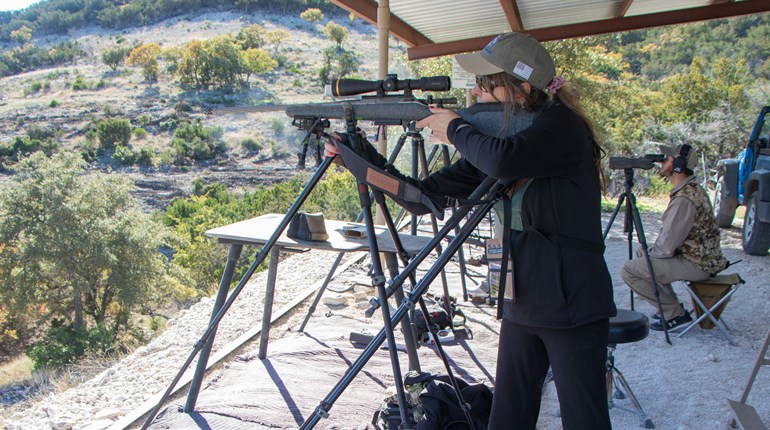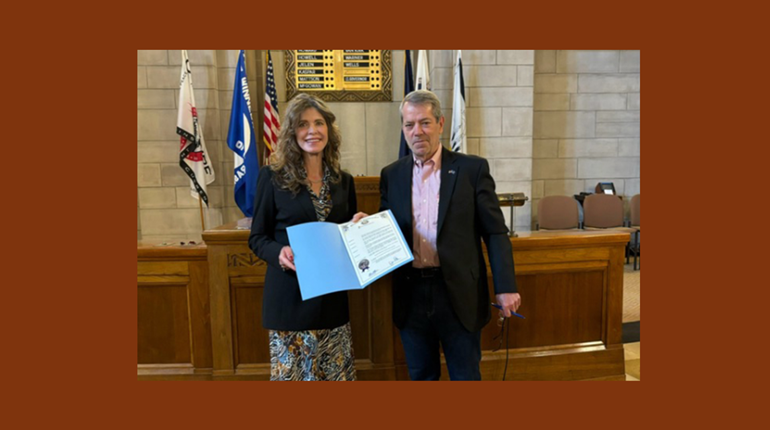
As a 6-year-old I wondered why my dad and his friends got so excited over hunting turkeys. “They’re just birds—and they don’t even have antlers,” I’d say, clearly more infatuated with the whitetail bucks I’d glimpsed in my few short years. It would be eons before I tried turkey hunting and learned the effects of a tom’s heart-stopping gobble.
My inaugural turkey hunt was in 1996 during Maryland’s spring gobbler season. Within 10 minutes, Dad had called me in a 20-pounder. I’d never seen anything like it. I was so caught up in its strutting, spitting and drumming I forgot to shoot—despite having a gun pointed at its head. Of course, the bird figured out something was wrong and split, breaking my trance. I swore I’d never hesitate to shoot again and over the next five years went four for five on Eastern birds from Missouri to Alabama.
In April 2003 the NRA show was in Orlando, so I stayed a few extra days to chase Osceolas on the Florida peninsula. “You better not shoot a jake,” was all I heard from buddies in camp. I was excited that first morning as I settled into a spot near the swamp, comfy amid the pines and palmetto hummocks. Expecting to sit in silence, I wondered what was making the racket as I glimpsed a sow and six piglets rooting 10 yards to my left. Ten minutes later I tried yelping. Nothing. I tried soft clucks. Nothing. I tried aggressive cutts. Nothing. And then my heart skipped as I saw a tom—or what I was almost sure was a tom—standing at 30 yards looking for the hen. In eight years of turkey hunting I’d never had a bird come in quietly and without breaking into full strut. I studied it a few extra seconds to play safe but when I went to shoot it, the bird vanished. Again, hesitation had cost me a bird.
Clearly, Easterns were my game so I hunted a few more, mostly with longtime buddy and renowned turkey hunter Ray Eye, Mossberg’s Linda Powell and a few mutual outdoor-writer friends. Our crew went on to drop Rios in Hawaii—where poinsettia grows as common shrubbery and you can shoot your gobbler and be on the beach by noon—then hit Wyoming for Merriam’s turkeys, checking off three of the four u.s. subspecies. It was time to face down the Osceola.
It was March 2013, 10 years since I’d hunted the subspecies, as I pulled into camp at Lake Okeechobee Outfitters with Ray, Linda and company. I was packing Mossberg’s new “tom terminator”—the 835 Ulti-Mag Turkey gun featuring the Mathews Recoil Reduction System. The next morning my first two setups failed, but a half hour later I spied a gobbler at 18 yards as his head bobbed up and down in the grass ahead of me, turning left, right and left again.
Boom. I missed. I wondered what was worse: naively hesitating and missing out like I had on my first Osceola trip or just flat-out missing? What was it with these Osceolas?
The next morning the gobblers stayed a step ahead of me, but I held out hope for the same area that afternoon. As I sat on a log against a pine tree, I spotted an albino doe skirting the field’s edge and took it as a positive sign. After a series of raspy, high-pitched yelps, a tom came trotting across the field right to me. At 20 yards he was still coming, neck stretched out and gobbling, looking hard for that hen.
Boom. I barely felt a thing in my excitement, nearly reaching the bird before it hit the ground. Of course, it’s easy when it works and you find the right bird at the right time in the right place. The bird that ignores your calls in the morning just may be the one that runs you over that afternoon.
I was about to enjoy a long-overdue roasted Osceola dinner. If you can have Christmas in July, you can certainly have Thanksgiving in March.

































